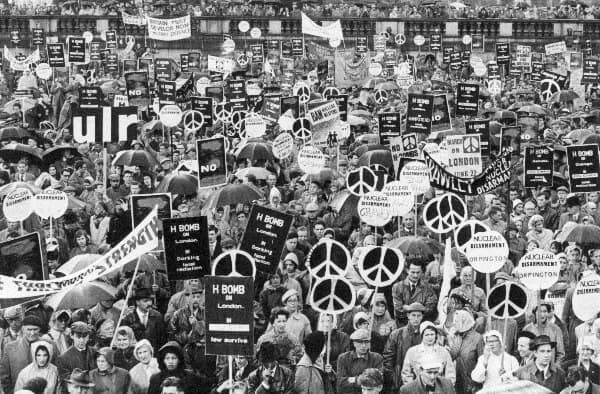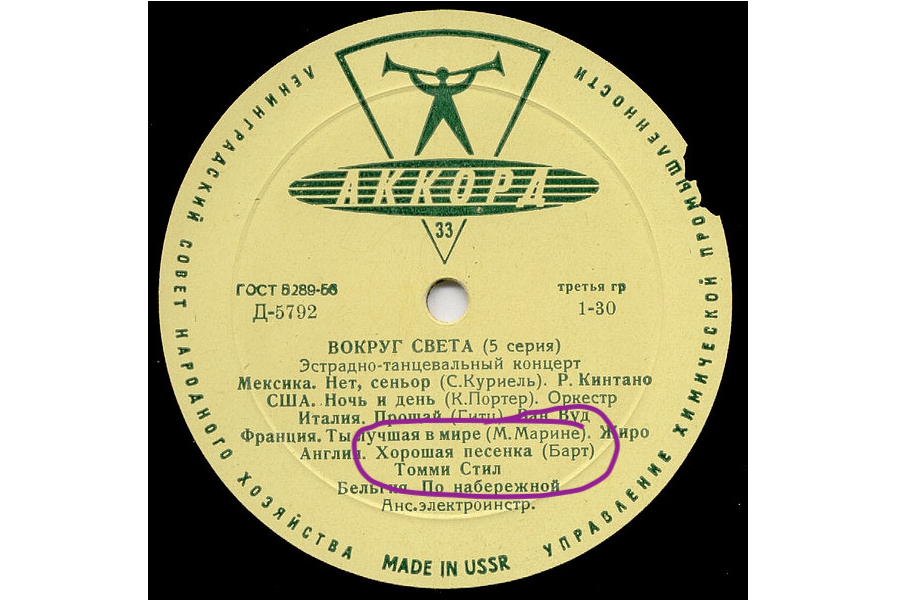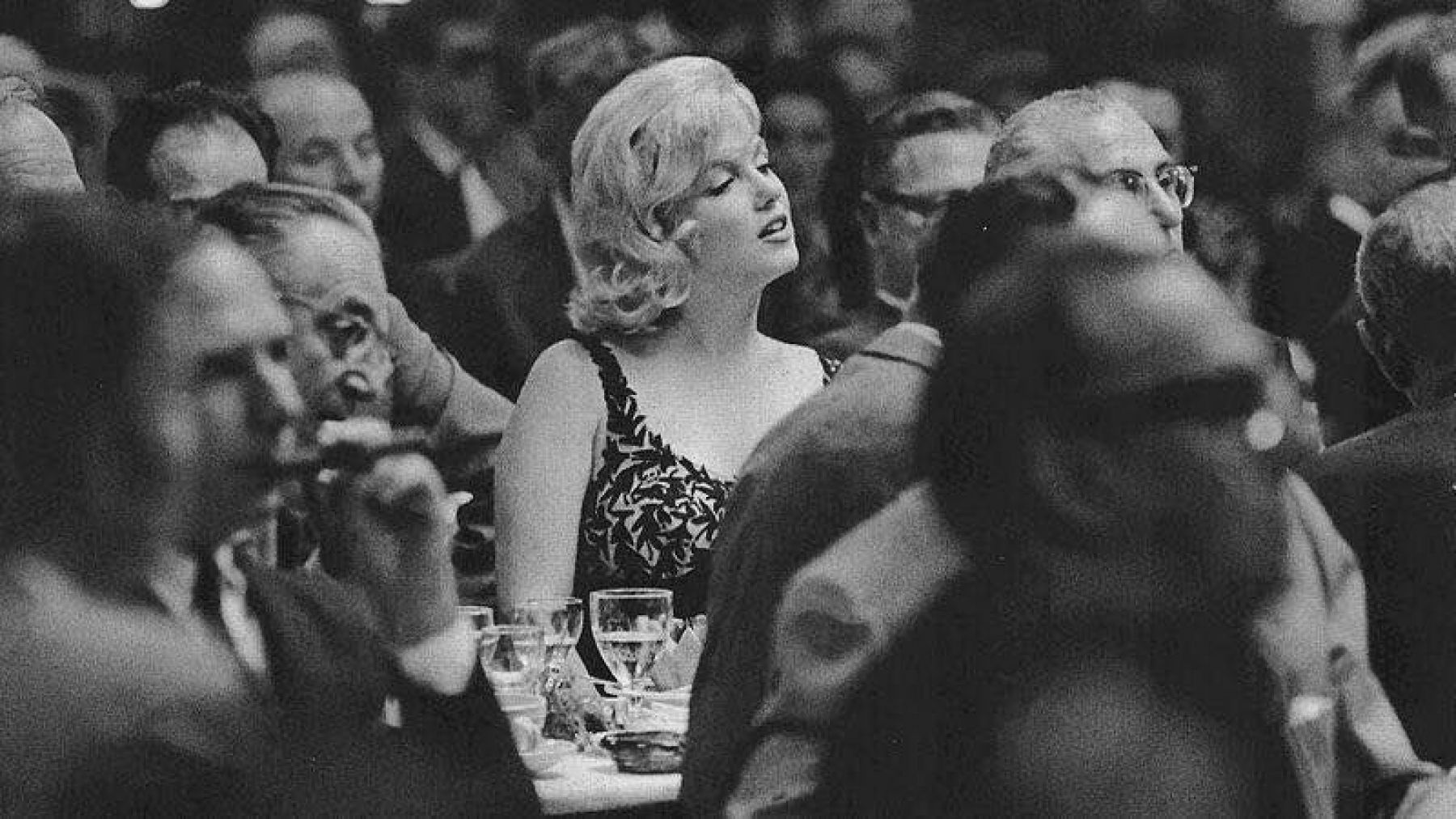A command issued personally by the Supreme Pharaoh himself has spread throughout the vertical of the bureaucratic channels of the Russian Federation: “Hold the International Festival of Youth and Students in 2024!” Commissions have been created, funds have been allocated, tasks have been determined—let's get to work, comrades. Like, here in Moscow we not only calculate the trajectory of the Caliber flight to the residential areas of Nikolaev and Kharkov, but also, we develop culture, art and youth international relations.
To comprehend this gesture, it is appropriate to recall the history of the issue. The first youth festivals took place after the Second World War, when the USSR, in the conditions of the flaring Cold War, tried to use them as soft power to create a human face, at least in the eyes of the countries of Eastern Europe, which fell into the tenacious communist clutches as a result of the post-war division of Europe into two blocs. And then not only Eastern. And not only Europe.
At the same time, the founder of the festival was not at all a Soviet, but a British organization with a legal address, with a Greek president, Nicholas Papadimitriou. Labor, socialist, communist and, in general, leftist movements were strong in Great Britain (so strong that in 1945, immediately after the victory, they managed to deprive the triumphant Churchill of his post, albeit for a while), and most of them were not sponsored at all from Moscow. One of the important accents of the activities of these organizations was the pacifist aspirations of the youth, caused by the deployment of nuclear weapons in England and the general fear of the Bomb. Suffice it to mention that the Pacific sign itself was the emblem of anti-war marches in Britain in the late 1950s, only then spreading to the whole world. The World Federation of Democratic Youth was headquartered in London and was the successor to the Communist Youth International, which was abolished in 1943.

The first festivals were in Prague, Budapest, Berlin, Bucharest and Warsaw – the geography speaks for itself. By 1957, up to 100 countries of the world with very different social systems, which were part of different, rival military blocs, participated in the festivals. When the turn came to Moscow in 1957, the festival proved to be the perfect tool for Khrushchev, who was spinning the flywheel of the thaw, had just held the 20th Party Congress in triumph, and, in addition to internal tasks of de-Stalinization, was busy demilitarizing, reducing the army and continuing the policy of withdrawing the USSR from confrontation. with everyone around, the policy that Beria and Malenkov started as early as.
Tons of articles and memoirs have been written about the Moscow festival, and there is no point in repeating them here. For the Soviet people, tired of overcoats, quilted jackets and the Kalashnikov assault rifle (and of sickle-hammers around), this was a landmark event – one of those that allowed them not to feel in a tin can of the Leninist-Stalinist totalitarian frenzy, to see with their own eyes, that in the world around live cheerful, talented and beautiful young people, and this does not depend on the political system, their race or material wealth. 131 countries sent their delegations.
For the Soviet people, this was a landmark event that allowed them not to feel in a tin can of totalitarian intoxication.
The quality of the delegations was impressive, suffice it to mention Lonnie Donegan, who was at the center of the skiffle musical hurricane in his home country, at the height of his international fame. His work in the same 1957 prompted the young Liverpool player John Lennon to create his own musical group. Of course, it was music from another universe. Jazzman Alexei Kozlov recalled: “The impression was rather strange. Elderly and very young people played together, using, along with ordinary acoustic guitars, various household and improvised items such as a can-double bass, a washboard, pots … "
If we talk not only about music, then it is enough to recall the artist Rockwell Kent or the writer Gabriel Garcia Marquez.
The Festival of Youth and Students was not some kind of one-time, exceptional "performance". In January 1956, Porgy and Bess, George Gershwin's classic jazz musical, performed in triumph. In the same 1956, Yves Montand and Simone Signoret stayed in the Union for a month and a half. In 1958-1959, Paul Robeson came twice. Classical pianist Van Clyburn not only came to the Tchaikovsky competition, but also won. In 1961, Pete Seeger came. In the summer of 1962, 32 concerts in Moscow, Sochi, Tbilisi, Tashkent, Leningrad and Kyiv were given by the Benny Goodman Orchestra – and it was a triumph of American jazz, albeit slightly outdated. But if these tours are widely known and are still remembered, the arrival of Lonnie Donegan was noticed only by connoisseurs, and since then it has been forgotten.
As well as about another completely sensational visit: the pioneer of British rock and roll was a twenty-three-year-old blond of proletarian origin Tommy Steele (and not Cliff Richard, as the Soviet press erroneously wrote). And 1959 was the peak of his fame with the film "The Story of Tommy Steele", it was at this time that Tommy Steele came to the film festival in Moscow, which, due to the lack of information of the Soviet public, did not cause much resonance, and eventually was forgotten. The Soviet record industry, however, released his main hit "Young Love" on a compilation disc, and these were millions of copies. As Tommy Steele himself recalled, “it was a very short visit, and most of all I liked the evening there, spent in one of the restaurants, where ordinary visitors, and not at all professional artists, left the tables and danced folk dances right in the hall” . Tommy had a lot of fun in Moscow, which is well conveyed by the main photo of this column.

Nikita Khrushchev himself traveled to the United States in 1959 in response to a visit by Vice President Nixon, who opened an American exhibition in Sokolniki. Due to journalistic cliches, Khrushchev's trip to the United States is often associated only with banging his shoe on the podium (and the story itself did not happen then and not as it is presented). But he traveled around America for two weeks and visited, for example, Hollywood, where he drank in the company of Kirk Douglas, Harry Cooper, Frank Sinatra and Elizabeth Taylor. Marilyn Monroe put on her sexiest dress and later admitted that Khrushchev paid her a lot of attention. Khrushchev was also brought to the set, where the film "Can-Can" was filmed at that time.

If we return specifically to the theme of the Festival of Youth and Students, then it is important not to liken Putin's current cargo cult to the then policy of the USSR, as some commentators do in a hurry. Political scientist Kirill Rogov says :
“This is also such a Soviet event, which is addressed to developing countries. Representatives of unfriendly countries will not come here, but developing countries will come, as it was, to look at Soviet life. The Soviet people will hug them, drink them, sing songs, in general, this Komsomol will return and will interact with the global south. <…> This is such a KGB-Komsomol fantasy, or maybe we will also recruit someone along the way. They remember their childhood and youth and are going to attract the global south in this way. <…> And he will defend Russia from the evil American uncle.”
At the same time, Rogov connects the idea of the festival with the new foreign policy concept of the Russian Federation, considering it part of one bottle (the British Foreign Ministry reacted to this concept on March 31 with a laconic tweet: “April Fool’s Day is not today, but tomorrow”).
In 1957, the USSR did not wage an aggressive war in a neighboring country, immediately after the death of Stalin, ending the war in Korea, and, as already mentioned, sharply reducing the Armed Forces. Before the Caribbean crisis was another 5 years. Undoubtedly, a lot of work was done to win over the then developing and decolonized countries of the so-called "Third World", but the significance of the youth festival then and now was just the opposite. Now it’s a cargo cult, scenery and dust in the eyes (and, above all, to our own people, against the backdrop of the upcoming presidential elections), then it’s a sincere impulse to return to the big world, get rid of the image of a gloomy evil empire, and, in fact, a genuine desire for peace, or – as the gray cardinal Suslov will put it – "toward a policy of peaceful coexistence", although with the preservation of all Leninist-Soviet attributes. If we compare that festival with another Moscow youth festival, then with the one from the time of Gorbachev’s perestroika, started and organized with the same goals as during the Khrushchev thaw, and also worked within the framework of a big policy of reconciliation with the whole world (and not with the "global south").
Now – a cargo cult, scenery and dust in the eyes, then – a sincere impulse to return to the big world
Now – brand theft and a mockery of the memory of the Pacific – the old popular symbol of the British youth movement, friendly to the then anti-imperialist Youth Federation. Then – a slightly opened door to the big world and communication over ideological barriers.
But there is another very important reason why Putin's festival is destined to become a strange and awkward dramatization. This concerns the true image of Russia, which has been methodically and daily created by the Russian government itself in recent years.
The Russian elite likes to complain that Russophobes unbridled slander, compose fakes and discredit. OK, what kind of "image of Russia" do they create themselves? Rockets in front of everyone are hitting Ukrainian resorts, museums and theaters, residential buildings and maternity wards (this is enough to end the conversation, but we are talking about “creating an image”, which is quite within the power of the machine of internal and external propaganda devouring billion rubles of taxpayers).
And what do they do? Putin discusses on TV with his henchman how they steal Ukrainian children, Medvedev-Soloviev-Simonyan and the slobbering "logic" Markov talk about the destruction of not only Ukrainian, but also European cities, a blond Nazi zombie is filming a clip on Manezhka, the facades of theaters are crossed out with the letter Z , pop and cinema actors beloved by the people are expelled and banned, on the main square of the country the idiot pop actor yells “Goyda!”, they publicly flatten the skull of their own fighter with a sledgehammer, children are involved in sinister militaristic rituals, publicly call for mass repressions from the rostrum of the “parliament ”, the church openly blesses murders and robbery, the intellectual potential of the military is emphasized by digging a seventy-kilometer trench in the occupied territory, a performance that would be rejected at a regional amateur competition is going on a huge tour in all theaters of the country, the most rolling film is “Cheburashka with a full mouth of teeth”.
Is this your image of Russia, which is perfectly visible to the whole world? And this Russia at the UN General Assembly is represented by a bloody demagogue complaining about the intrigues of Russophobes? Yes, not a single most vicious Russophobe will come up with as much and such an anti-Russian shame as you yourself have come up with. All by yourself.


